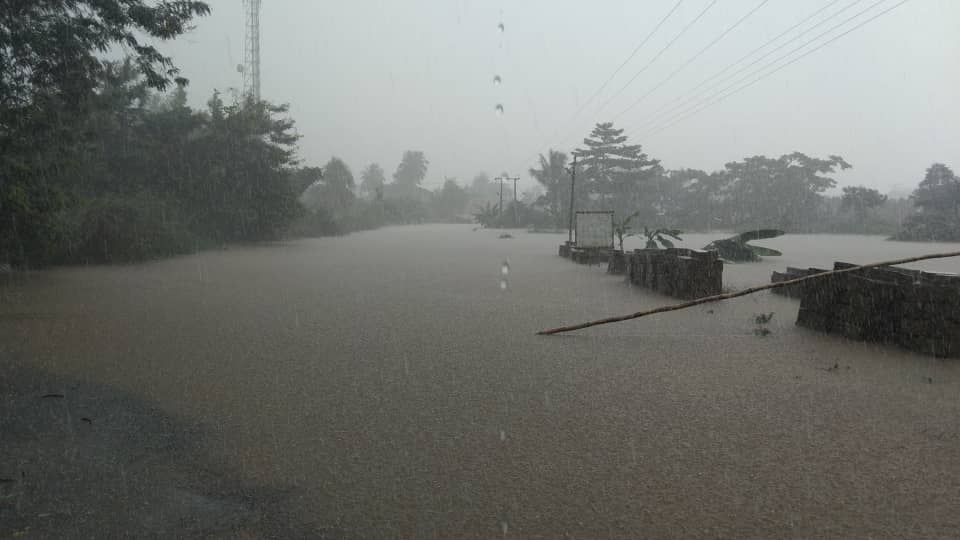
Introduction
Urban flooding has become a major problem in many parts of the world due to its social, economic and environmental impact. In Ghana, flood occurs every year, which adversely affects livelihoods, property, infrastructure, lives and renders many people homeless.
In Ghana, apart from destruction of properties and economic losses due to flooding, people living in flood areas are at a high risk of contracting diseases such as cholera, malaria and hepatitis. In an attempt to address the problem associated with urban flooding in Ghana, city authorities issue eviction notices to informal residents, particularly in settlements in floodplains and wetlands. However, it seems that the eviction order has not been effective and has increased flooding in the informal areas. There are an increased number of approaches available that could be tapped to address the socio-economic, environmental and institutional challenges in poor urban communities.
The is a growing concern over the causes and effects/impact as well the copping strategies of people affected by urban floods; therefore, it is essential to comprehend the nature of flood and its associated risks in urban areas.
River flooding
The severity of a river flood is determined by the terrain profile and the duration and intensity (volume) of rainfall in the river’s catchment area. Other factors include soil water saturation and climate change effects on rainfall duration and intensity. In flat areas, floodwater tends to rise more slowly and be shallower, but it can often remain for days.
The flooding situation in Suhum.
Suhum municipality is not an exception when it comes to river flooding. For example, Brong Densuso in the Suhum Municipality recorded unprecedented flood event in October 2022, which displaced about 399 people. Additionally, about 39 houses were completely submerged destroying properties and other economic losses according to the National Disaster Management Organization (NADMO) report in 2022. Properties worth thousands of Ghana cedis were destroyed in this occurrence.
In January 2020, Suhum township recorded flooding incidence that affected 20 houses and displaced 208 people at Suhum Ayekotse zongo located along Suhum main river. In another event, part of Suhum main market and houses along the Poyoo river were also affected. A total of 25 houses along the Poyoo river were flooded displacing 73 people including 101 stores/shops destroying properties worth thousands of Ghana cedis according to NADMO.
Poor drainage system, building on water ways and dumping of waste in gutters and rivers were some of the causes accounting for the flooding disaster.
Conclusion
Most of the communities affected by floods in Suhum are located along the Densu river, Suhum river and Poyoo river respectively. The riverine floods are exacerbated by climate change and other human factors including building on water ways, poor drainage system, dumping of waste among others.
NADMO recommended in their 2014 disaster reports that dredging of Suhum river, demolishing of some structures along the river and construction of drains were some of the measures to prevent flooding. Even though some significant effort has made by the Municipal Assembly to prevent and reduce the impacts of flooding in Suhum, more need to be done especially with the support of corporate institutions, civil society organizations and other urban development’s institutions to assist in addressing this challenge.
By:
Ibrahim Matrud Osman
MSc Urban Studies student
University of GhanaCentre for Urban Management Studies







